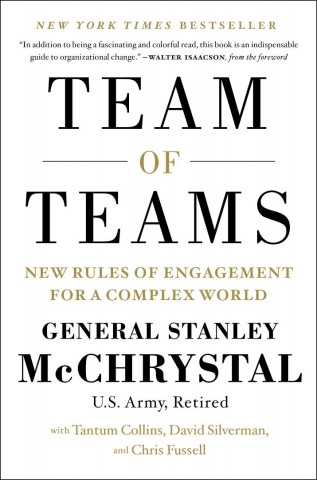Adaptive management

Engaging in a Complex World
In development studies and practice there are some key voices advocating for organizational changes. Ben Ramalingam, Duncan Green, Danny Burns and Stuart Worsley, Dave Algoso, and the USAID Learning Lab. They are calling for complexity and systems thinking to support more informed adaptive and iterative decision making and management. As these voices gain traction, and more […]
Tags: #Adaptive management #Complexity #Leadership #Shared consciousness #Team of Teams
